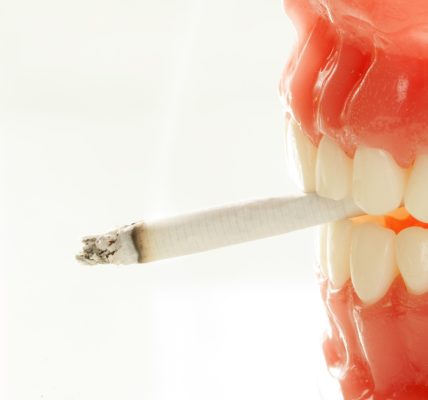Clear aligners are a revolutionary orthodontic treatment that has transformed the way people straighten their teeth. These removable, transparent devices are trending dental services in Whitby that are designed to discreetly and comfortably align teeth, providing a virtually invisible alternative to traditional metal braces. Let’s explore these devices further.
What are clear aligners?
Clear aligners are a type of orthodontic device used to straighten teeth and improve the alignment of the bite. They are made of a clear, flexible plastic material that is custom-fitted to each individual’s teeth and gums. Clear aligners are designed to be worn over the teeth, applying gentle pressure to gradually move them into their desired position. They are typically worn for 20-22 hours a day and are removed for eating, drinking, and oral hygiene. Each set of clear aligners is worn for a specified period, usually 1-2 weeks, before being replaced with a new set that continues the teeth straightening process.
How do clear aligners work?
Clear aligners work by using a series of custom-made, clear plastic trays that fit snugly over the teeth. Each tray is designed to apply gentle pressure to specific teeth, gradually moving them into their desired position. The aligners are created using advanced 3D imaging technology, which maps the exact shape and alignment of the teeth. As the wearer progresses through the series of trays, each one builds on the progress of the previous one, slowly and precisely moving the teeth into their ideal alignment.
The aligners work by applying consistent pressure to the teeth, stimulating the bone and gums to adapt to the new position. This process, called bone remodeling, allows the teeth to move into their new position, resulting in a straighter, healthier smile. By wearing the aligners for the recommended 20-22 hours a day, individuals can achieve significant improvements in tooth alignment and bite in a matter of months.
How long do clear aligner treatments take?
The duration of clear aligner treatment varies depending on the individual’s specific orthodontic needs and goals. On average, clear aligner treatment can take anywhere from 6 to 18 months to complete, with some cases requiring up to 24 months or more. The length of treatment is determined by factors such as the complexity of the case, the severity of the misalignment, and the frequency of wear. Generally, mild cases of tooth crowding or spacing issues can be treated in as little as 6 months, while more complex cases involving significant tooth movement or bite correction may require longer treatment times.
Are clear aligners painful?
Clear aligners are generally considered to be a comfortable and pain-free orthodontic treatment option. While some individuals may experience mild discomfort or pressure when first wearing a new set of aligners, this sensation typically subsides within a few days. The aligners work by applying gentle pressure to the teeth, which can cause some initial tenderness, but this is usually manageable and temporary. Unlike traditional metal braces, clear aligners do not have sharp edges or wires that can cause irritation or pain. Additionally, the smooth, plastic material of the aligners is designed to be gentle on the teeth, gums, and mouth.
How do clean clear aligners?
To clean your clear aligners, start by rinsing them with warm water to remove any loose debris. Then, use a mild soap or a specialized aligner cleaning solution to gently scrub the aligners, making sure to remove any plaque, bacteria, or food particles. Avoid using harsh chemicals, abrasive materials, or hot water, as these can damage the aligners. You can also soak the aligners in a mixture of equal parts water and white vinegar for 15-30 minutes to help remove any stubborn stains or odors. After cleaning, rinse the aligners thoroughly with warm water and dry them with a soft cloth to prevent water spots. It’s also important to clean your teeth and mouth before putting the aligners back in to prevent bacteria and food particles from getting trapped.









